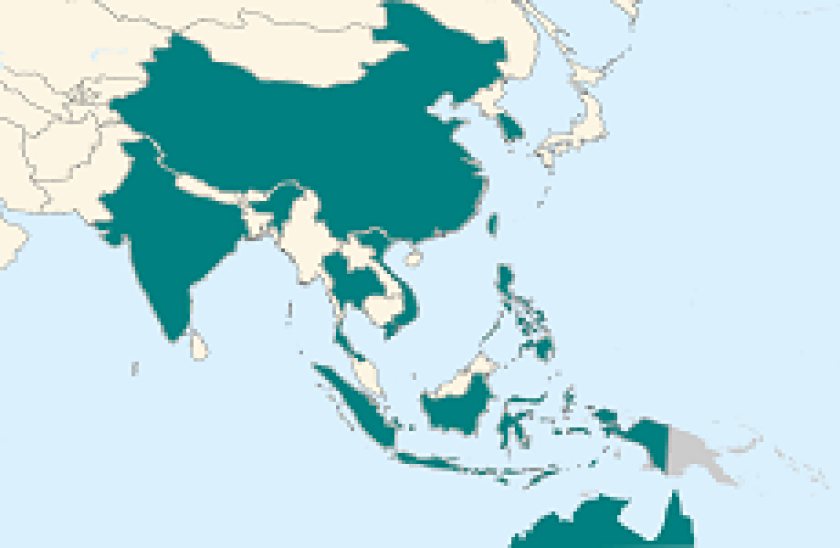China’s economy is slowing and its monetary policy is loosening, commodity price fluctuations are showing little sign of settling, competition from Asia’s domestic banks continues to increase. Loans bankers across Asia ex-Japan have had plenty on their minds this year, not least the effect this climate has had on offshore syndicated loan volumes.
The commodity downturn has certainly heightened risk aversion, but it’s clear that the biggest issue affecting volumes is not banks’ unwillingness to lend, but borrowers’ unwillingness to take on new debt.
The numbers certainly look grim. The second half of last year was already underwhelming, but bankers who fondly recall the strong pipelines they enjoyed in the first two quarters of 2014 are fretting that this year has got off to a decidedly slow start.
Asia ex-Japan G3 syndicated loan volumes are down 31% year to date compared with the corresponding period last year. The second half of last year was 16% lower than the first. Dollar denominated activity by Asia ex-Japan borrowers from July 1, 2014 to now is down 6% from the same period 12 months earlier. Euro loans have plummeted 34%.
Silver lining
There is, however, good reason to think these figures are not indicative of how 2015 will unfold. The financial climate being faced by some natural resources companies — miners in Australia, for example — is likely to spur acquisition activity and its accompanying financing. This potential is already being recognised by several European and Australian lenders, whose bankers say they are working on identifying acquisition targets in their home markets to pitch to hungry clients.
Banks like these have in mind what they observed in 2014, when pockets of activity were spurred by interest from state-owned Chinese firms in buying quality infrastructure assets in developed markets and by the growth ambitions of southeast Asian entrepreneurs.
For example, China Communication Construction Co International raised a $1.1bn 365 day loan that helped clinch its bid for the Leighton Holdings’ construction asset, John Holland, for A$1.15 bn ($954m).
There’s plenty of promise in the project finance and public-private partnership financing area, too. India and Indonesia are looking to rehabilitate and expand infrastructure , such as airports and ports. Banks are also lining up to finance the auctioning of state-owned assets in Australia and for PPP projects in the country’s railway sector.
And judging by recent indications, loans by financial institutions look set to be another area that will contribute to volumes this year. Indo Eximbank has mandated seven lenders for a $750m fundraising that could rise to $1bn. Joint Stock Commercial Bank for Investment and Development of Vietnam is syndicating a borrowing of $100m-$150m.
Bank Rakyat Indonesia sent out requests for proposals for a borrowing of up to $500m last week and Korea’s Woori Bank secured a $500m facility at a throwaway price. Philippine National Bank too has returned to the offshore loan market after a gap of 18 years for a $150m bullet.
Unprecedented levels of liquidity have made it easier for these institutions to access funding at cheap rates, which they can then on-lend for a better margin.
And finally, opportunistic refinancings are also likely to support volumes for as long as Japanese banks continue to propose the kind of institutional level pricing that has already seen Indian state-owned borrowers secure very attractive loans.
The first half of 2014 was a blockbuster, and comparisons to this year are therefore off a very high base. But beyond the bald figures as they stand now are a clutch of factors that ought to drive dealflow . Whisper it quietly, but this year could yet outstrip 2014.
